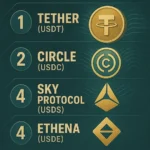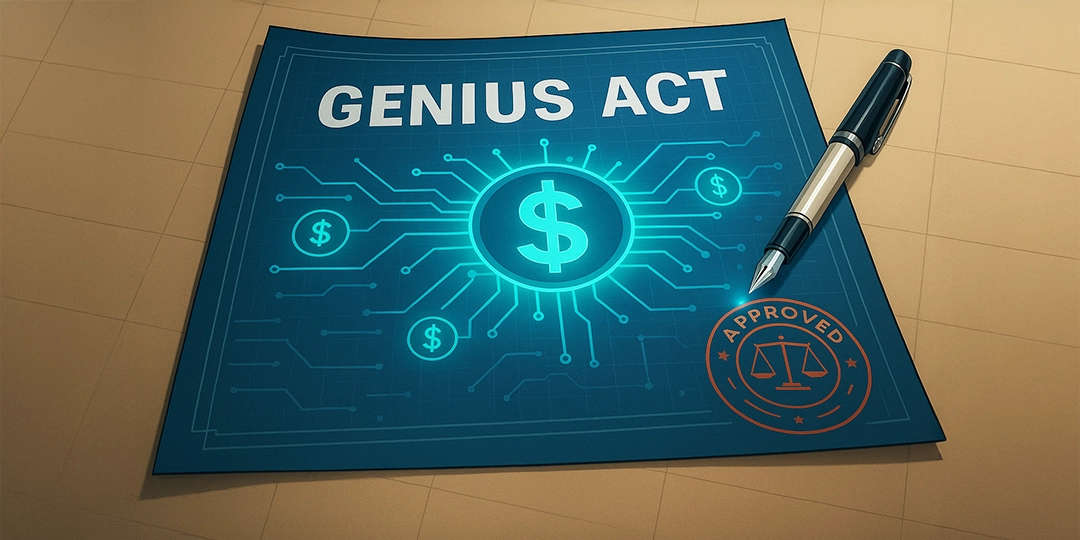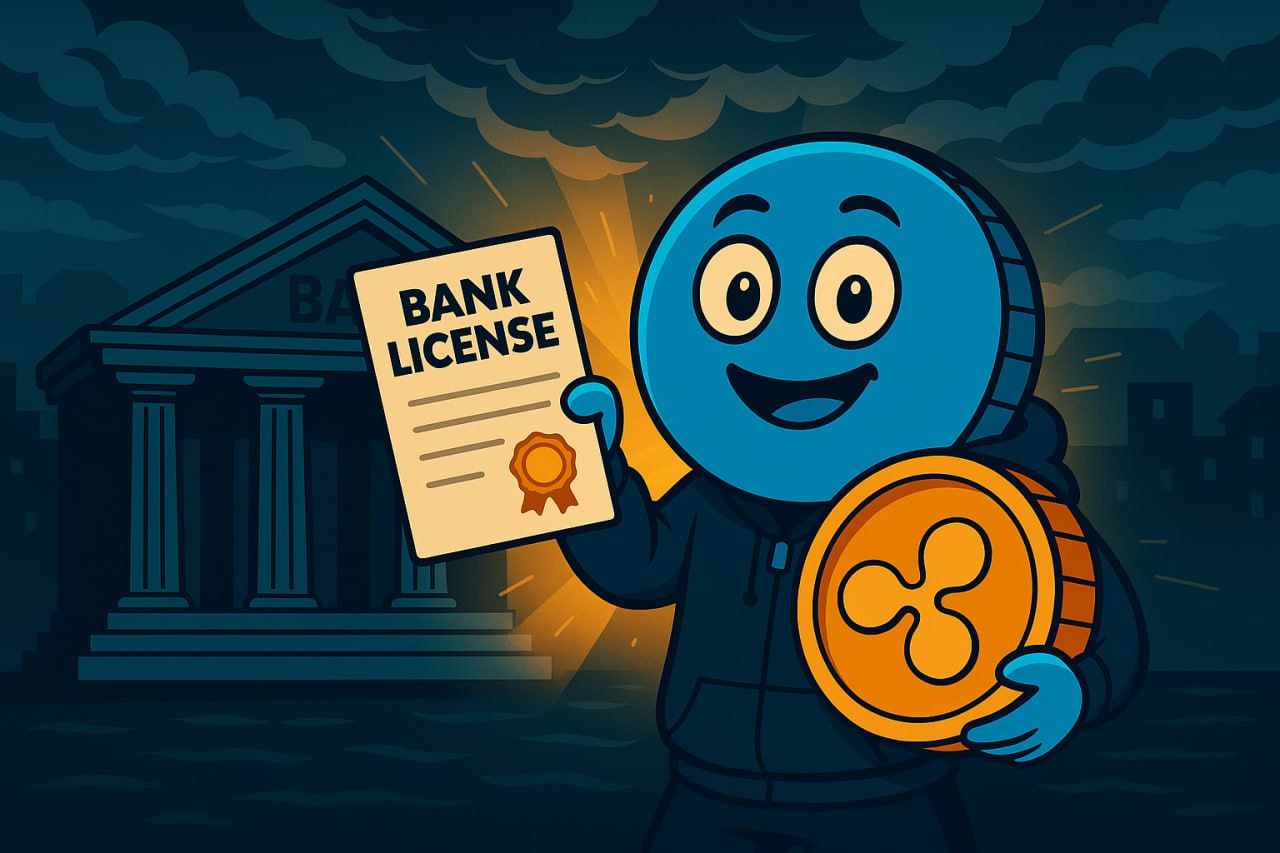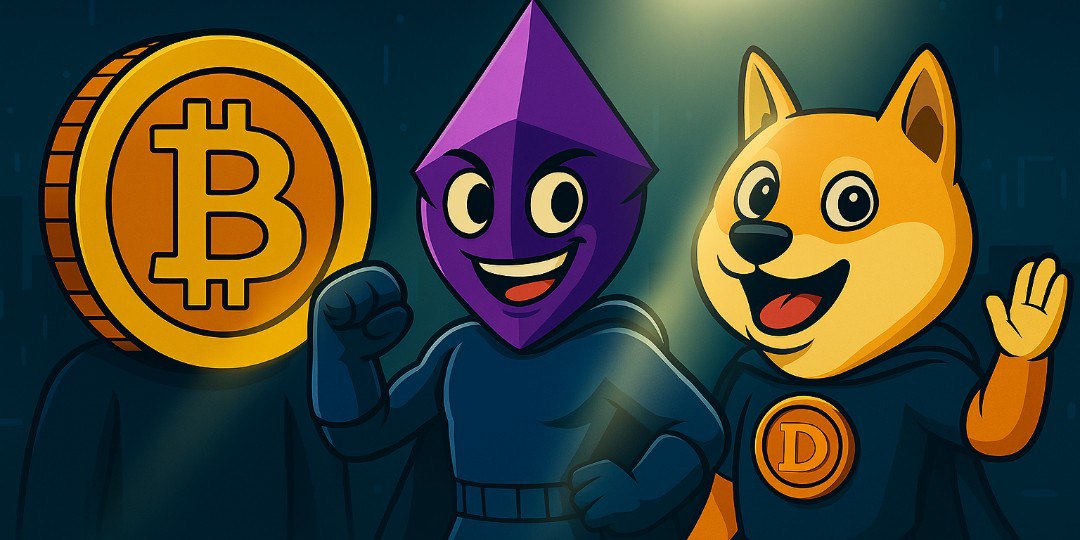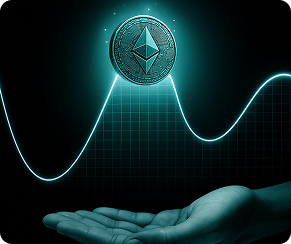Think of the cryptocurrency market as a roller coaster ride. You might be doing a steep ascend, and before you know, you could be over the hump, hitting breakneck speeds while descending. However, not everyone in the roller coaster experiences the effect of the rise and fall simultaneously. For instance, think about the person at the front of the roller coaster and the person at the rear. Sometimes, when the roller coaster’s front reaches a drop, the rear end might still be climbing, and the person at the back would be going uphill while the one at the front end would be descending.
Bitcoin and the altcoins are also very much similar to this roller coaster ride. Usually, once BTC starts to gain value the market is on an uptrend, the altcoins react to this and start to appreciate. When the market falls, and BTC depreciates, so do the altcoins. However, not every altcoin experiences the same effect at the same time.
To further understand the correlation between BTC and altcoins, let’s get familiar with a term called the ‘Correlation Coefficient’.
What is a correlation coefficient?
The correlation coefficient is a statistical measure that seeks to find how two variables move in tandem. The correlation coefficient value lies between +1 and -1. If the coefficient correlation, let’s say between BTC and ETH, is +1, it means that if BTC appreciates by 10%, then ETH will also increase by 10%. -1 value for a correlation coefficient indicates that there is no correlation whatsoever.
However, in real-life scenarios, as far as crypto is concerned, it is not perfectly correlated. Any price fluctuation in BTC is not always reflected with the same effect on altcoins. So, what are the factors that dismantle this correlation?
Factors that disrupt correlation
Upgrades
The price of Ethereum shot up 20% after the cofounder expanded the staking capability of the platform with the Pectra upgrade. This surge in price disrupted the correlation between BTC and ETH.
Token shilling and hyping
Let’s say Elon Musk dropped a tweet saying, ‘let’s take Dogecoin to the moon’, then the correlation between BTC and the memecoin is altered as people will start buying the token and more. With the rising demand for the memecoin, the price will shoot up while the BTC price will show little to no difference.
Token burning
A token burning event is where tokens are sent to an irretrievable wallet address. Projects use this deflationary tactic to increase the scarcity by permanently removing tokens from the circulating supply. When this happens, there is a tendency for that particular token to appreciate. This appreciation is not something that was mirrored from BTC.
Halving event
During a halving event, the reward given to a miner who validates a transaction is slashed in half. BTC follows this concept to reduce the amount of BTC being mined into the supply. There was a mining event that happened in 2024. BTC was priced at $63,843 when the halving took place in mid-April 2024. Currently, BTC is priced at $106,000, which represents an increase of 64%. Since Bitcoin halving, XRP surged by 300+ % while Dogecoin appreciated by 156%, showing a positive correlation.
Why are altcoins correlated to Bitcoin?
Bitcoin is king!
Bitcoin has been established in the market for so long that its almost used as a yardstick or benchmark. It is the blockchain barometer for the crypto market. In addition to this exchanges now support Bitcoin and some altcoins pairs, unlike the past where you have to buy Bitcoins using stablecoins. So, lets say the price of Bitcoin increases by 10% and the price of ETH increases by 5%.
The ETH/USD pair will show a increment on the chart while the ETH/BTC pair will show a decrease. For traders who measure gains in BTC, this is important. If you’re holding ETH while BTC is soaring, you’re technically underperforming.
The correlation coefficient is smaller when you move from popular altcoins to less popular altcoins. ETH and BNB have a correlation coefficient of something around 0.70 and 0.85. This means that ETH and BNB are acting more like BTC.



